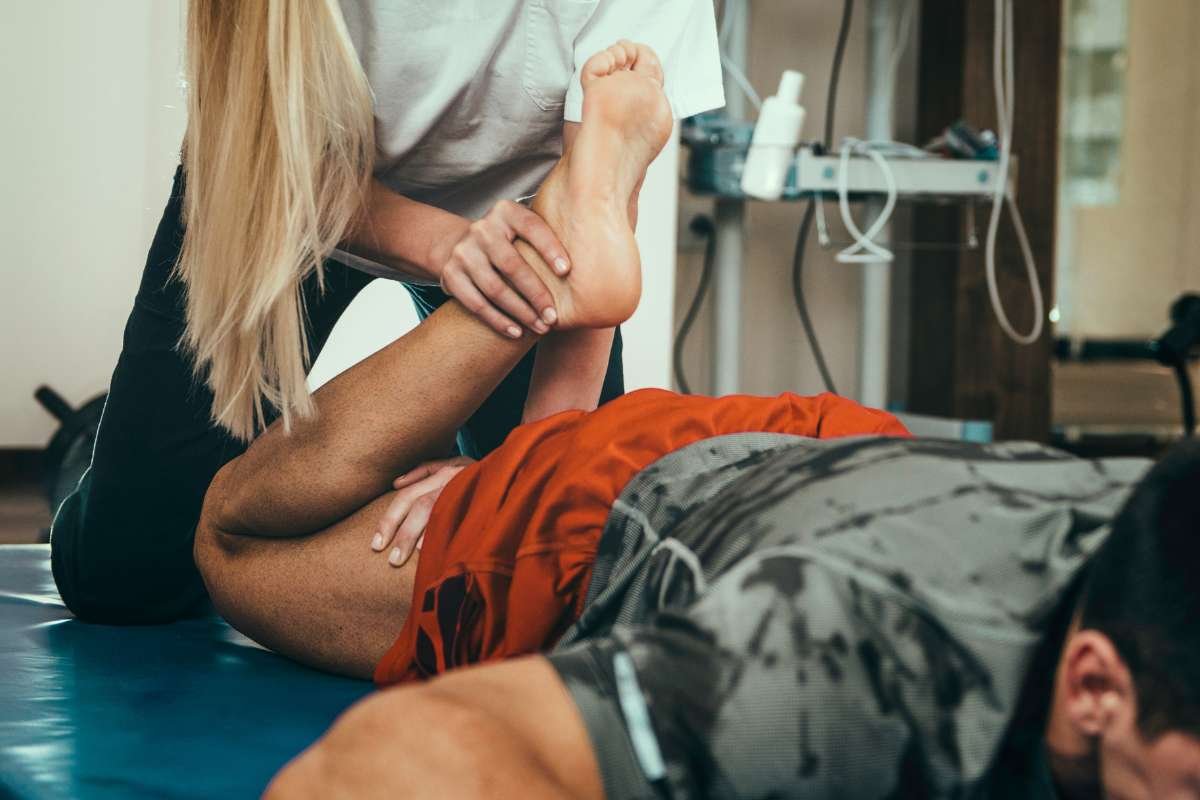Writing precise SOAP (Subjective, Objective, Assessment, and Plan) notes plays a crucial role in effective healthcare communication. As a therapist, it is essential to document patients’ conditions to ensure seamless continuity of care. However, there are errors that can undermine the quality and effectiveness of SOAP notes. In this post, we will explore physical therapy SOAP note mistakes and offer guidance on how to avoid them.
Let’s take a look at a few common physical therapy SOAP note mistakes:
1. Lack of Objectivity in Subjective Findings:
In the physical therapy SOAP notes section, physical therapists often rely on information provided by patients themselves. However, it is vital to maintain objectivity when documenting findings. This entails using language and refraining from interpretations or assumptions.
By focusing on information conveyed by the patient rather than personal beliefs or preconceived notions, therapists can ensure an accurate portrayal of the patient’s symptoms and concerns. Avoid using terms like “apparently,” “seems to be,” and “Probably” that introduce subjectivity into your documentation.
2. Insufficient Detail in Objective Findings:
The objective section should encompass data obtained through evaluation techniques such as a range of motion assessments, joint stability tests, or strength measurements. It is a mistake to provide details about these findings.

To prevent errors, physical therapists (PTs) should clearly describe each test or assessment they perform and accurately record the results. Instead of using terms like “limited” or “decreased,” it is important to include specific measurements whenever applicable. This provides details that give an understanding to other healthcare professionals involved in the patient’s care.
3. Lack of Clinical Reasoning in Assessment:
One common physical therapy SOAP note mistakes in assessments is the lack of reasoning. The assessment phase demonstrates the therapists’ ability to interpret objective data to reach a diagnosis or formulate an understanding of the patient’s condition progress. To avoid this pitfall, it is crucial to summarize all findings from both objective sections before formulating an assessment. Making connections between the patient’s reported symptoms, objective data, and potential clinical implications showcases thinking skills and helps guide future treatment plans effectively.

4. Vague Treatment Plan:
Another issue that often arises is a vague treatment plan. A well-drafted treatment plan should outline interventions, expected goals, and timelines for achieving them. It is common to make the mistake of providing incomplete details in this section, which can make it difficult for other healthcare professionals to understand the intended course of action.
To prevent confusion and ensure collaboration among team members, PTs must document a concise treatment plan. Please provide a plan for each session or phase of care, including the interventions, modalities, exercises, or techniques that will be used. It’s important not only to mention what will be done but also to explain why it is being done and how progress will be measured.
5. Inadequate Patient Education:
Patient education plays a crucial role in physical therapy interventions as it empowers individuals to participate actively in their recovery process. Unfortunately, physical therapists sometimes forget to include educational information in their SOAP notes.

Make sure to outline instructions for home exercise programs, activity modifications, pain management strategies, or lifestyle adjustments in the plan section of your SOAP notes. Use language that patients can easily understand. Providing patients with knowledge about their condition encourages compliance and leads to positive outcomes.
Conclusion
Writing SOAP notes is crucial for communication within the healthcare team and ensuring consistent patient care delivery in physical therapy. By avoiding physical therapy SOAP note mistakes such as bias, insufficient detail in objective findings, lack of clinical reasoning, assessment conclusions, vague treatment plans, and inadequate documentation of patient education, physical therapists can improve the quality of their written records. Make sure to maintain objectivity when recording information.
Your documentation should consist of findings that are derived from assessments. It is important to articulate reasoned assessments supported by evidence. Additionally, create treatment plans that outline interventions and prioritize providing sufficient patient education to encourage active engagement. By avoiding these physical therapy SOAP note mistakes, you can improve the clarity and coherence of your SOAP notes while embracing a patient-centered approach.






